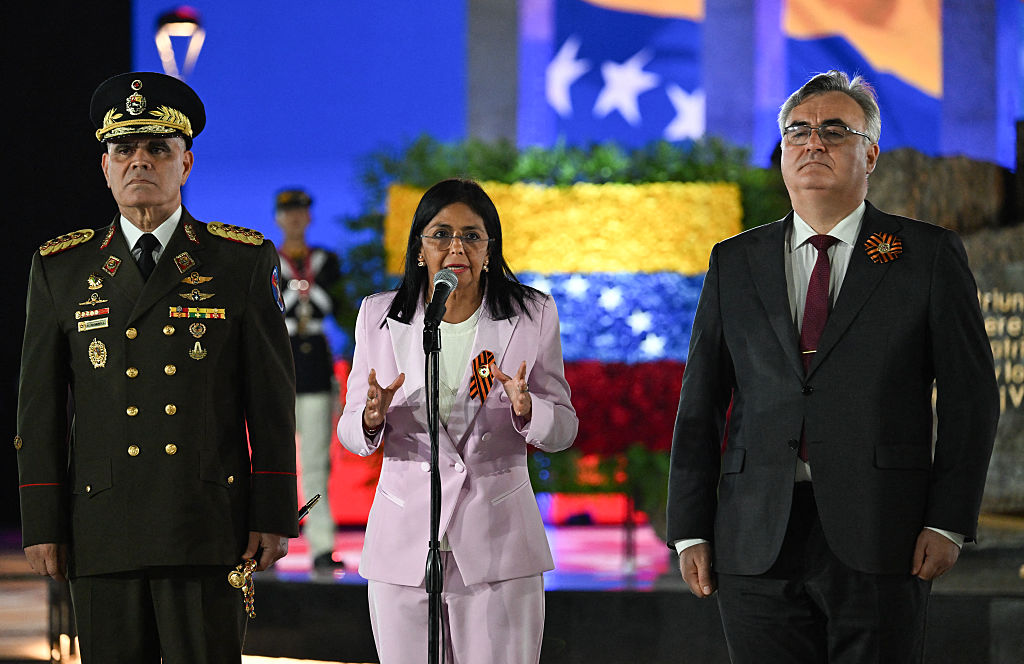The Story of the Fifth Summit
The Story of the Fifth Summit
Thirty-four leaders come together this weekend in Port of Prince for the Summit of the Americas, when U.S. President Obama makes his debut on the hemispheric stage. Prosperity, energy, and climate change are on the agenda, but subplots have developed.
The Summit of the Americas kicks off April 17 in Trinidad & Tobago. With 34 leaders walking down the red carpet, the summit will be U.S. President Barack Obama’s hemispheric premiere. As Americas Quarterly’s blog notes, heads of state are “lining up” for their turn with the new president. Ahead of his trip, Obama penned an op-ed saying the Americas have a choice: “We can overcome our shared challenges with a sense of common purpose, or we can stay mired in the old debates of the past.” Pre-summit speculation has grown over policy related to an uninvited country (Cuba) as well as what Venezuela’s President Hugo Chávez might do. Will the summit also offer the chance to focus on recovery from the global financial crisis? An AS/COA Resource Guide to the summit offers a look at major issues on the table in Port of Spain this weekend.
The summit marks the fifth since the first was held in Miami in 1994. Each has brought together democratically elected hemispheric leaders who, at the conclusion, sign a declaration outlining policy goals. The trip did not go smoothly for former President George W. Bush at the fourth summit in Mar del Plata, Argentina, where he faced large-scale protests and failed to win support for the Free-Trade Agreement of the Americas. “Obamamania” may mean a warmer reception for the new White House occupant, if his trip to Mexico this week serves as any indication.
Still, the debate both within and outside of the United States over Washington’s Cuba policy will likely follow Obama in Trinidad & Tobago. On April 13 the White House eased travel and remittance restrictions for Cuban Americans with family back on the island. As AS/COA’s Christopher Sabatini blogged the move “presented an easy way to set the tone” for the summit.
What followed the easing of restrictions was a back-and-forth over the possibility of a Washington-Havana dialogue. In his Granma column, Fidel Castro spoke warmly of the White House changes, but demanded more. Obama reacted in an April 15 CNN en Español interview by calling for more from Cuba, including the release of political prisoners. On the summit’s eve, Raúl Castro handed him “a surprise olive branch,” as the Guardian reported: “We have sent word to the US government in private and in public that we are willing to discuss everything, human rights, freedom of the press, political prisoners, everything.” In a digital town hall from Santo Domingo on April 17, said, “We welcome this overture. We’re taking a very serious look at it.”
How Chávez will interact with Obama has been a second subplot ahead of the summit. The Venezuelan president has alternated between criticism and praise; as The Hill put it “Chávez loves Obama, loves him not, loves him.” Chávez has threatened that he will not sign onto the summit’s declaration, titled, “Securing Our Citizens’ Future by Promoting Human Prosperity, Energy Security and Environmental Sustainability.”
As the title of that document indicates, the goal of the summit is to work out solutions related to poverty, energy, and climate change. As White House Advisor for the Summit of the Americas Jeffrey Davidow told AS/COA in an interview, the hemisphere must build on the recent success “by extending the benefits of democracy and trade and greater integration to more people.”
For all the concern about high drama, signs point to a positive shift. "The chances of confrontation are minimal. The 'new leftists' are as starstruck by Obama as anyone." writes John Dinges for GlobalPost.
The Council of the Americas published a Trade Advisory Group report in January—Building the Hemispheric Growth Agenda: A New Framework for Policy—offering a list of recommendations for goals ahead of and after the Summit of the Americas, particularly in the areas of energy security and trade.
Visit AS/COA’s Resource Guide on the Summit of the Americas for more information.








